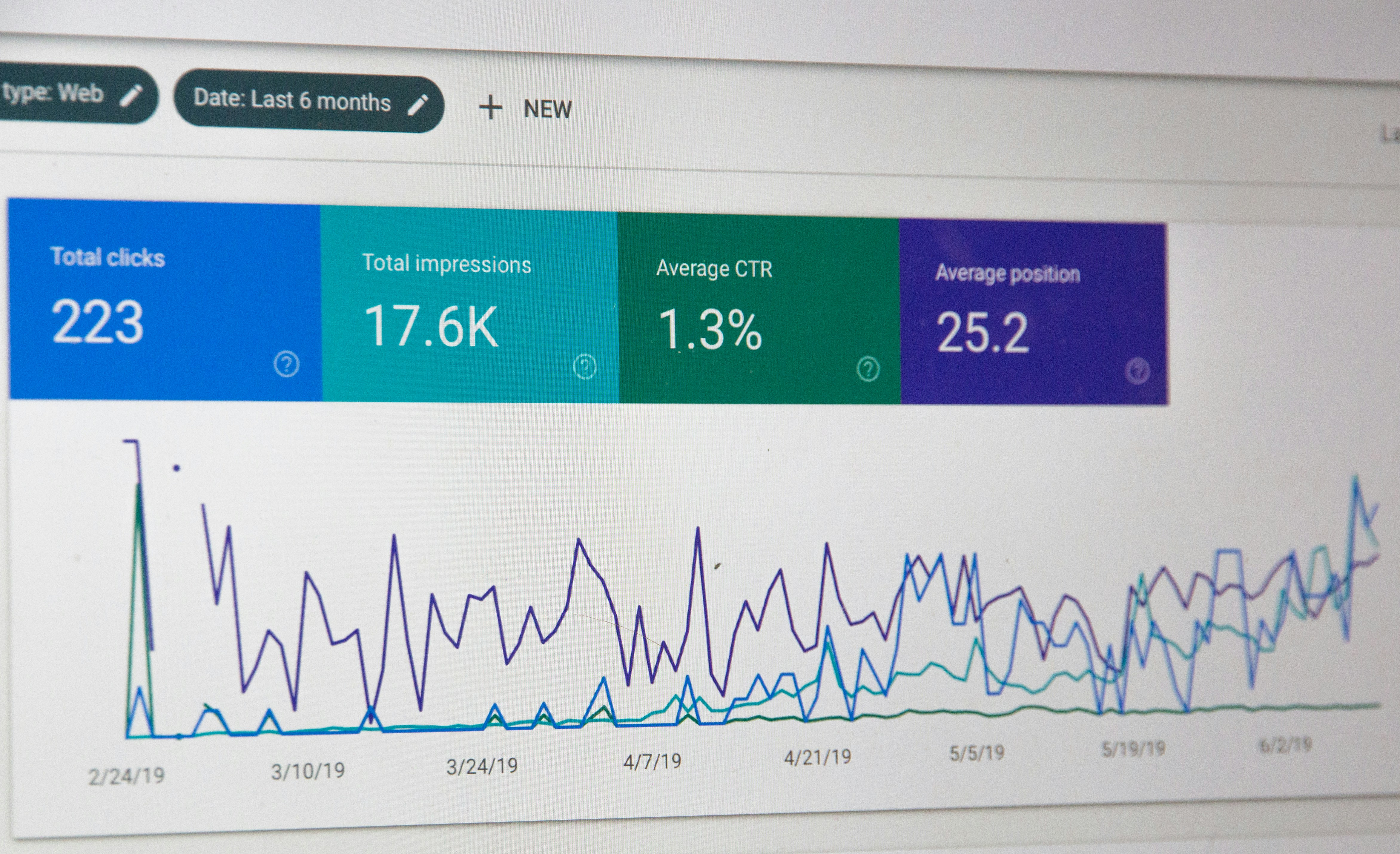Steam revenue reporting just got a game-changing upgrade that every developer needs to know about. On September 14, 2025, Valve rolled out a comprehensive update that integrates revenue and unit data with discount history, giving developers unprecedented insight into how their pricing strategies actually perform.
What’s New in Steam Revenue Reporting
The latest Steam revenue reporting update fundamentally changes how developers can analyze their game’s financial performance. Instead of looking at discount data and revenue figures separately, developers can now see the direct monetary impact of each discount period in one unified view.
This integration means you can finally answer the question that’s been bugging developers for years: “Was that 50% off sale actually worth it?” The new system shows exactly how much revenue each discount generated, making it easier to plan future pricing strategies.
Key Features of the Updated Revenue Dashboard
The enhanced Steam revenue reporting system includes several powerful new features:
- Integrated discount timeline – See revenue spikes aligned with your discount periods
- Unit sales correlation – Track how discount percentages affect actual unit sales
- Revenue comparison tools – Compare performance across different discount levels
- Historical data analysis – Access comprehensive data from past promotional periods
- Real-time performance tracking – Monitor ongoing sales performance during active promotions
How Steam Revenue Reporting Changes Impact Developers
This update addresses a major pain point in game development business intelligence. Previously, developers had to manually correlate discount periods with revenue changes, often leading to guesswork about which promotional strategies actually worked.
The new Steam revenue reporting system eliminates this guesswork by providing clear, visual representations of how each discount affected both unit sales and total revenue. This data becomes crucial for making informed decisions about future sales events.
Strategic Benefits for Game Publishers
Publishers managing multiple titles can now optimize their promotional calendars more effectively. The integrated reporting shows which games respond best to different discount levels, helping allocate marketing resources more efficiently.
Small indie developers particularly benefit from this enhanced Steam revenue reporting because they often lack dedicated business intelligence tools. Now they have access to professional-grade analytics directly through Steam’s interface.
Understanding Steam’s Revenue Share Model
While we’re discussing Steam revenue reporting improvements, it’s worth understanding Steam’s current revenue share structure. Since 2018, Steam has operated on a tiered system:
| Revenue Tier | Developer Share | Steam Share |
|---|---|---|
| $0 – $10 million | 70% | 30% |
| $10 – $50 million | 75% | 25% |
| $50+ million | 80% | 20% |
The new Steam revenue reporting makes it easier to track progress toward these revenue milestones and plan accordingly.
Maximizing the New Revenue Reporting Tools
To get the most value from Steam’s enhanced revenue reporting, developers should focus on identifying patterns in their discount data. Look for sweet spots where deeper discounts actually generate more total revenue, not just more unit sales.
The system also helps identify seasonal trends and optimal timing for promotions. By analyzing historical data, developers can spot patterns like whether their games perform better during summer sales versus holiday promotions.
Future Implications for Game Development
This Steam revenue reporting update signals Valve’s commitment to providing developers with better business intelligence tools. As the platform faces increased competition from Epic Games Store, Discord, and other distributors, these developer-focused improvements help maintain Steam’s position as the preferred platform for PC game distribution.
The enhanced reporting capabilities also support the growing trend of games-as-a-service models, where understanding long-term revenue patterns becomes crucial for sustainable development.
Frequently Asked Questions
When did Steam launch the new revenue reporting features?
Steam released the updated revenue reporting system on September 14, 2025, integrating discount history with revenue and unit sales data.
Do I need to pay extra for the enhanced Steam revenue reporting?
No, the new revenue reporting features are available to all developers using Steam at no additional cost as part of the standard Steamworks developer tools.
Can I access historical discount performance data?
Yes, the new system provides access to historical data showing the monetary impact of past discount periods, allowing developers to analyze long-term promotional strategies.
How accurate is the revenue data in Steam’s new reporting system?
Steam’s revenue reporting reflects actual sales data directly from the platform, providing highly accurate insights into discount performance and unit sales correlation.
Will this new Steam revenue reporting affect my existing analytics tools?
The updated reporting system works independently of third-party analytics tools and should complement existing business intelligence solutions without conflicts.
Can small indie developers benefit from these advanced reporting features?
Absolutely. The new Steam revenue reporting tools are particularly valuable for indie developers who may not have access to expensive business intelligence software, providing professional-grade analytics through Steam’s interface.
Conclusion
Steam’s new revenue reporting update represents a significant step forward for developer tools on the platform. By integrating discount history with revenue data, Valve has addressed a long-standing need in the game development community for better promotional analytics.
These improvements come at a crucial time when developers need every advantage to succeed in an increasingly crowded marketplace. The ability to see exactly how different discount strategies affect revenue will help developers make smarter business decisions and optimize their promotional calendars.
For developers serious about maximizing their game’s profitability, taking advantage of these new Steam revenue reporting features isn’t optional – it’s essential for staying competitive in today’s market.


